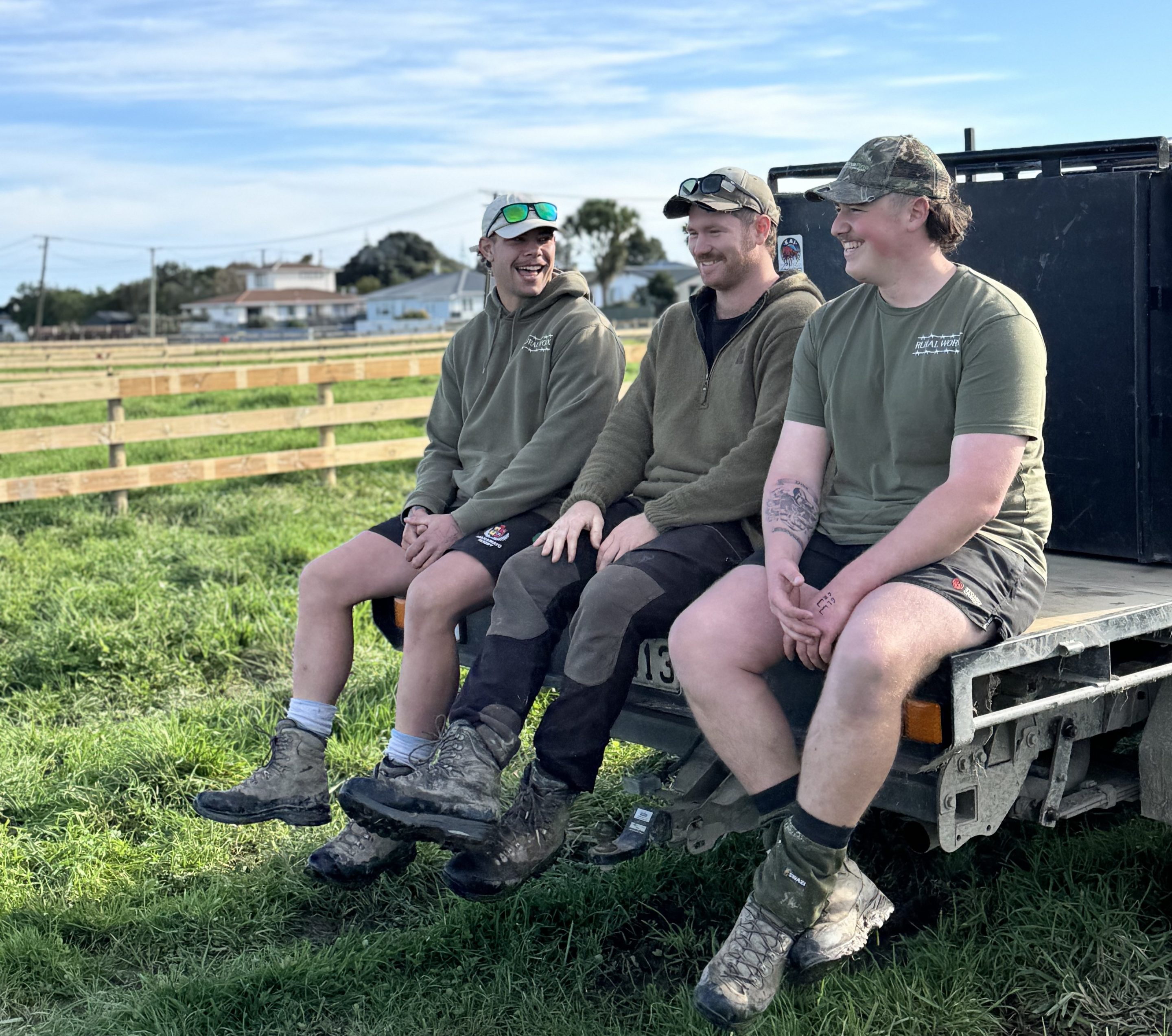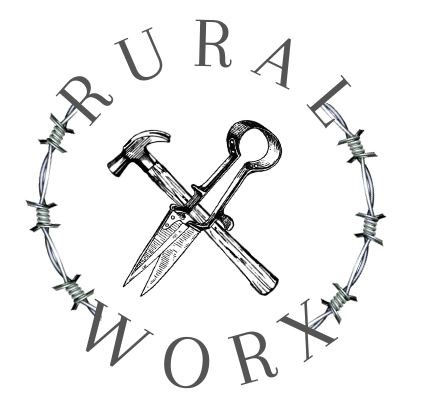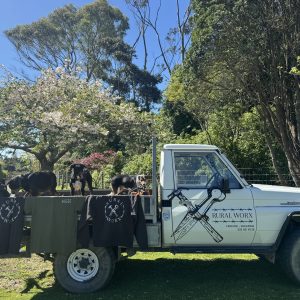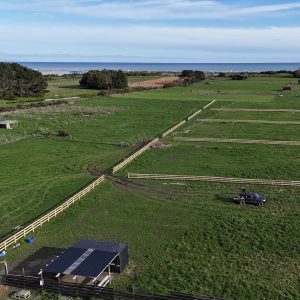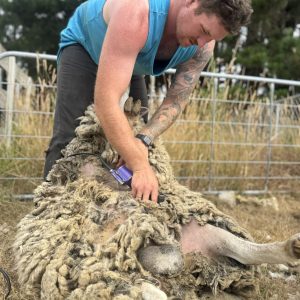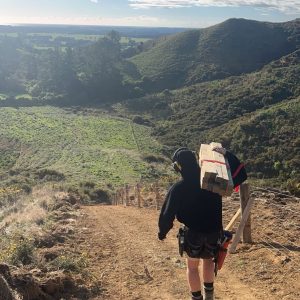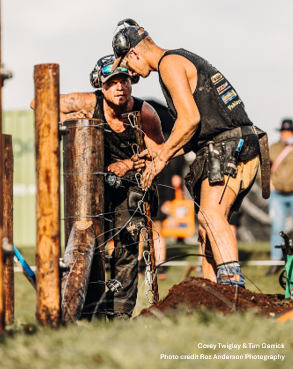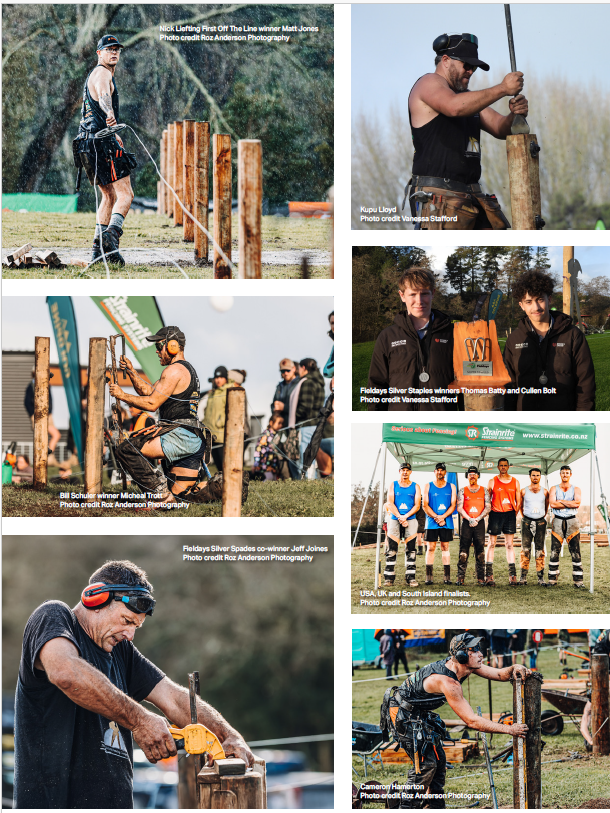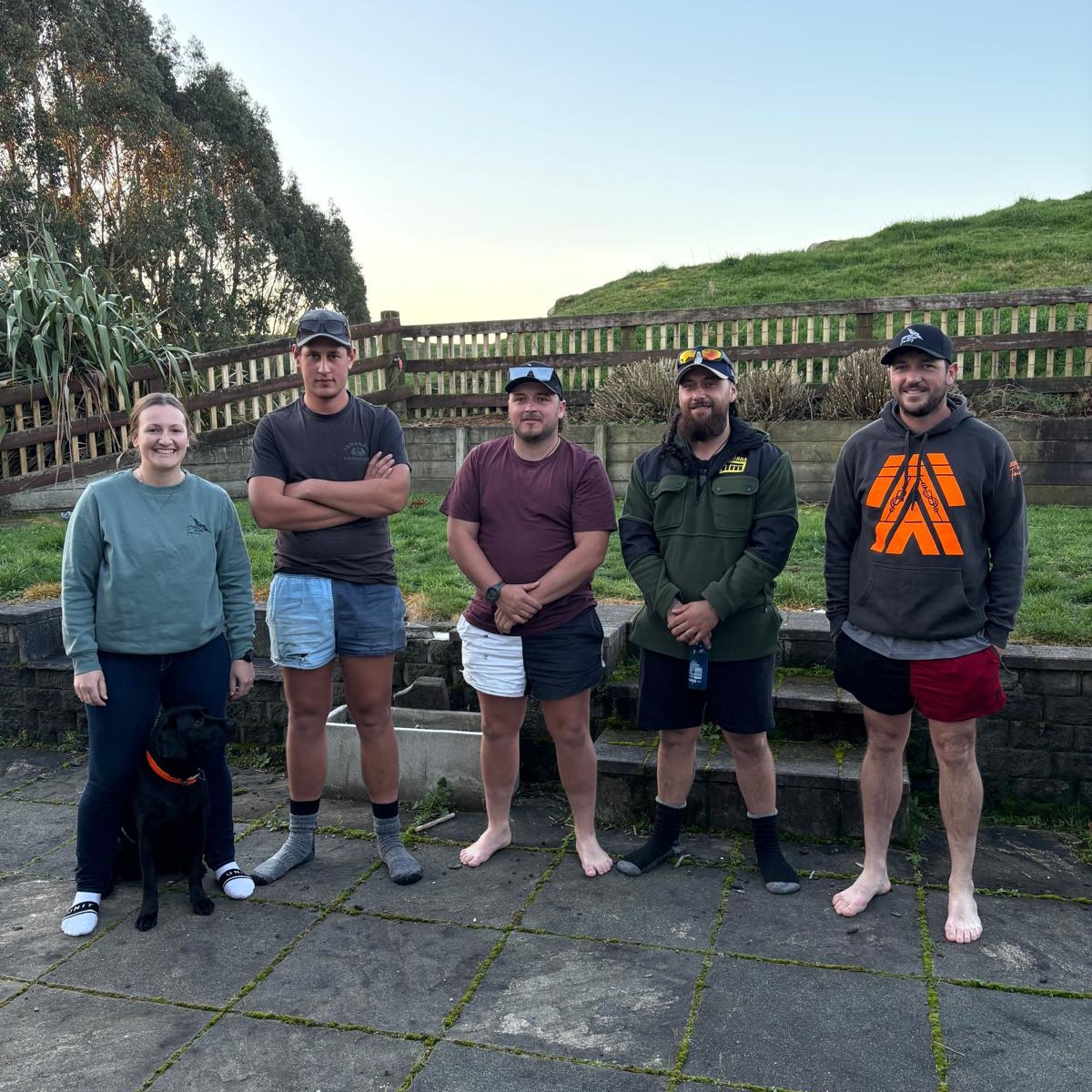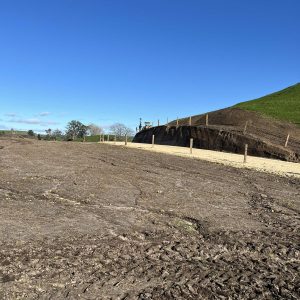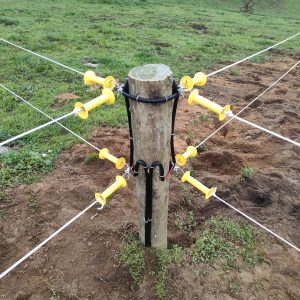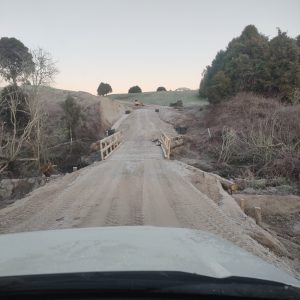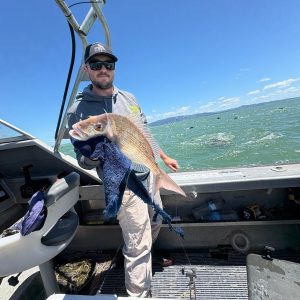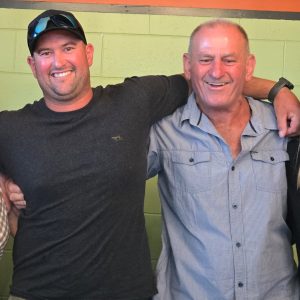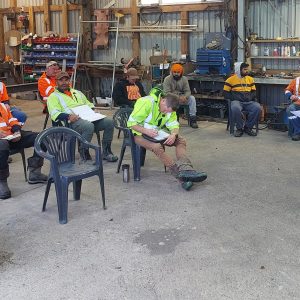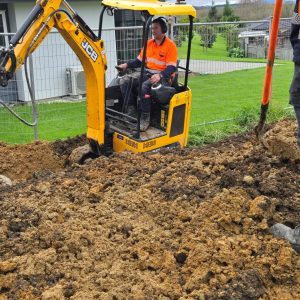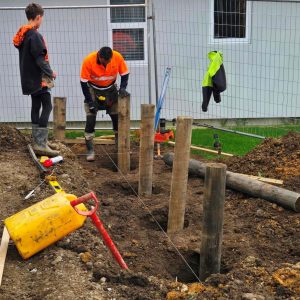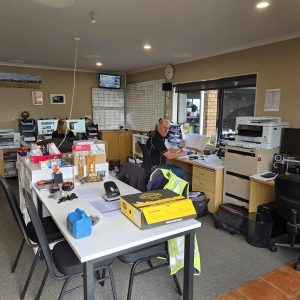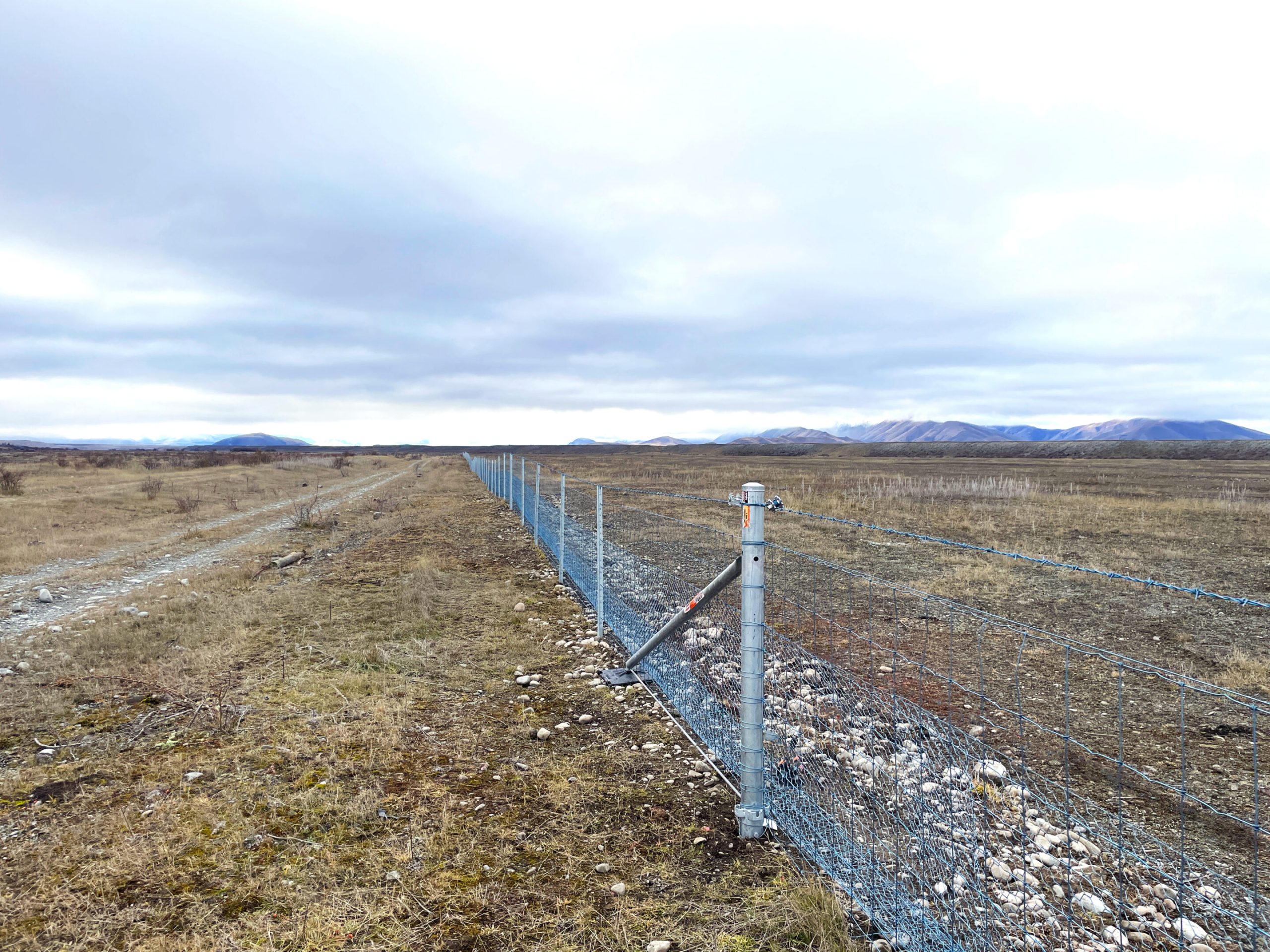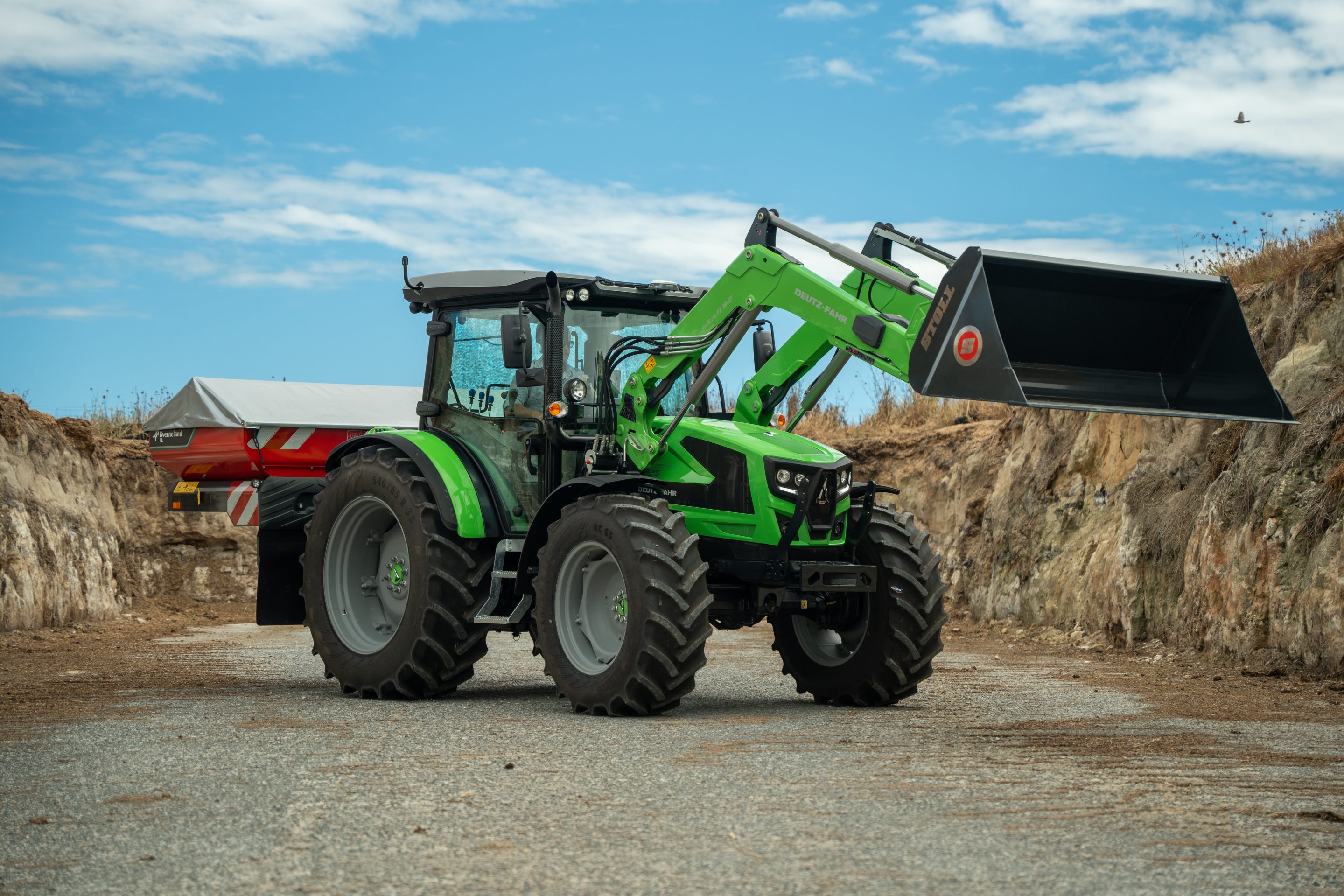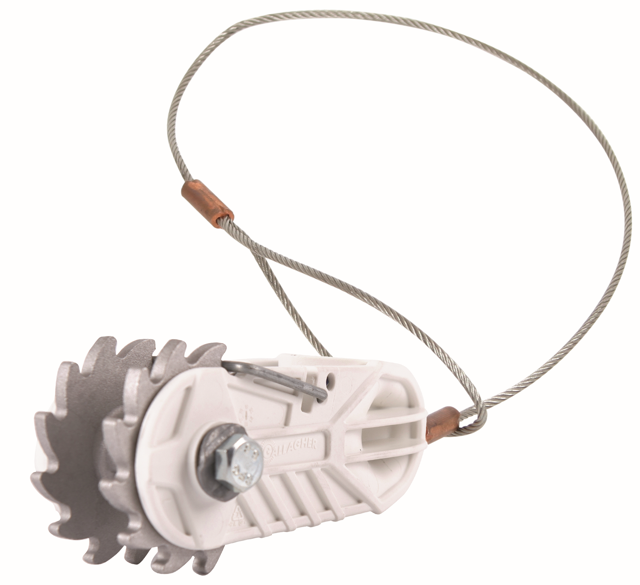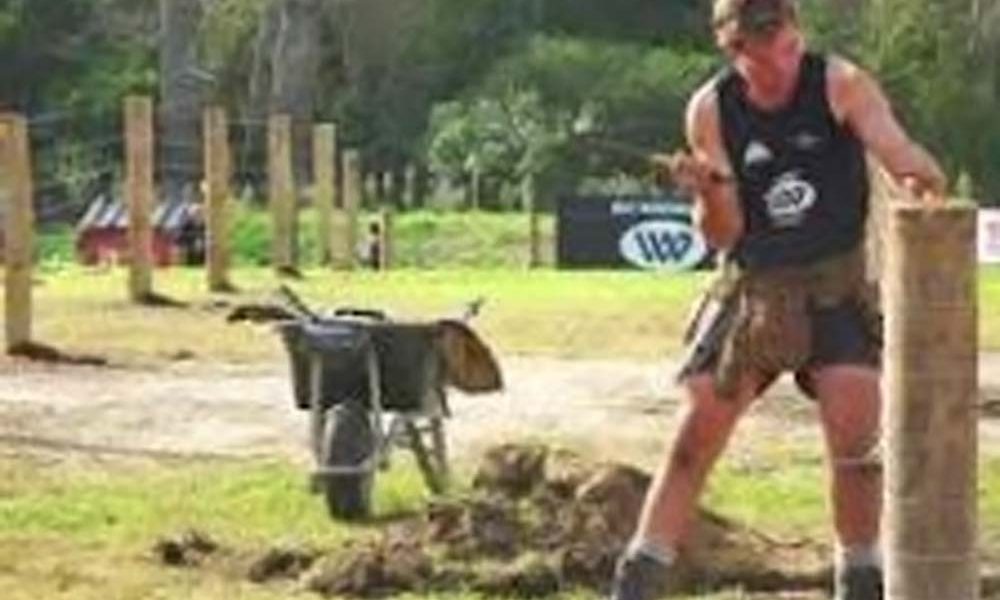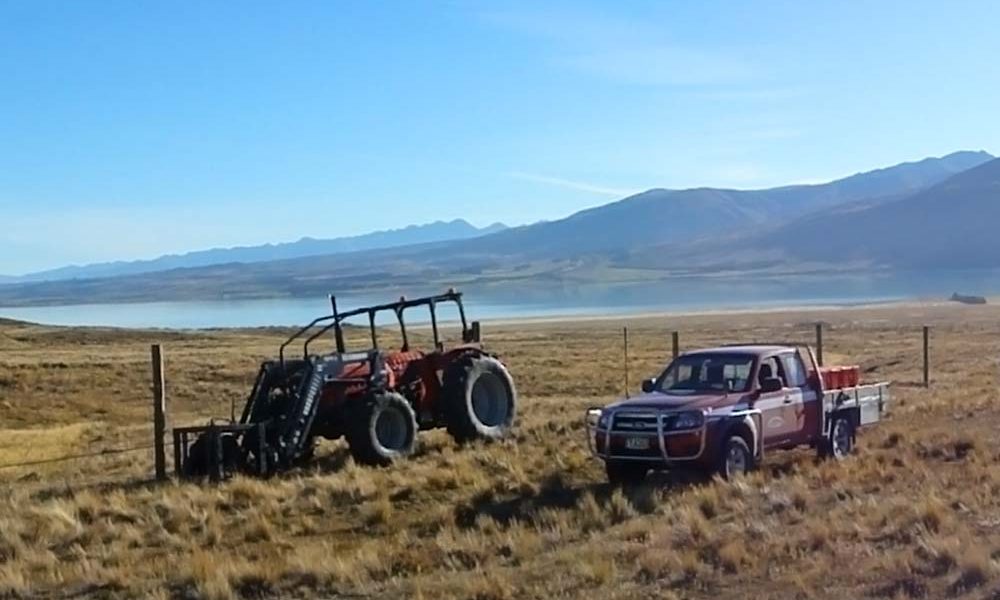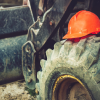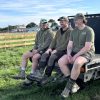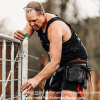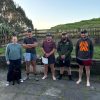
A week in the life of safety management systems provider Rural Safe
Ever wondered what it’s like to be the person behind the clipboard, the high-vis vest, and the calm voice in a crisis? Welcome to a week in the life of a Safety Management Systems (SMS) provider – where structure meets spontaneity, and every day is a mix of paperwork, paddocks, and people.
Monday
From Waikato to Southland – safety never sleeps
The week kicks off with a site audit in rural Waikato. Boots on, checklist in hand, we’re scanning for hazards and chatting with teams about what’s working – and what’s not. By lunchtime, we’re fielding a call from Southland about a serious harm incident involving a side-by-side (SxS) and a distracted operator. It’s not glamorous, but it’s real. And it matters.
Tuesday
Clients, coffee, and compliance
Client management is our bread and butter. Some are prepping for WorkSafe audits, others are recovering from recent incidents. We guide them through onboarding, tailor assessments, and build safety plans that actually work – not just tick boxes. For our long-term clients, it’s all about keeping things fresh. Safety isn’t a one-and-done deal; it’s a living system.
We once had a client who hadn’t touched their safety folder in over a year. Then came the call: “We’ve got a pre-qual due tomorrow – can you help?” We jumped in, updated their documents, and got them across the line. It was a reminder that safety isn’t just about being ready – it’s about knowing someone’s got your back when you’re not.
Wednesday
Toolbox talks and trust building
Site visits continue. We’re running toolbox talks, reviewing hazard registers, and investigating incidents. But here’s the secret sauce: it’s not just about the paperwork. It’s about people. Building trust, reinforcing safety culture, and being the calm in the storm when things go sideways. We’re part coach, part counsellor, part compliance guru.
One rural client told us, “I don’t do paperwork – I do work.” But after a serious near-miss involving a quad bike, he saw the value in having systems that protect his team. Now he runs monthly toolbox talks and even keeps his hazard register in the ute. It’s not about changing who people are – it’s about showing them why it matters.
Thursday
Lawyers, long roads and long-term support
Not every week is easy. Some days, we’re sitting across from legal counsel, helping clients navigate the aftermath of serious harm incidents. These are the moments when the stakes are high, emotions are raw, and the paperwork is just the beginning.
As advisors, we often act as the bridge between the business and its legal team – translating technical safety language into clear, actionable steps. We help prepare for WorkSafe investigations, support clients through interviews, and ensure documentation is robust and defensible. Some cases stretch over months, even years. We stay with our clients through it all – reviewing systems, updating processes, and embedding lessons learned. It’s a marathon, not a sprint, and it’s where our role as trusted advisors really shines.
We’ve had late-night calls from clients dealing with serious harm incidents – scared, unsure, and overwhelmed. One client said, “I didn’t know who else to call.” That’s why we do what we do. We’re not just advisors; we’re a steady hand when things feel out of control.
Friday
The drop-off and the call-back
It’s common for clients to drop off after their initial setup – systems are in place; things feel under control. But then comes the call: “We need help,” or “Can you send through our documents for a pre-qual?” That’s when we remind them: health and safety isn’t just an investment – it’s assurance. We’re here anytime, not just when things go wrong. Being available, responsive, and ready to support is what builds trust and long-term partnerships.
Then the call comes: we’ve had a fatality. Three weeks in a row now of serious harm – and then this. The worst call we get. A mother lost her life in a workplace accident, leaving behind her children. It’s devastating. And it’s a stark reminder of why we do this work.
Saturday
The tough conversations
In some industries, especially smaller or remote ones, health and safety is still seen as a “tick-box” exercise. Convincing a business owner that safety is an investment in their people takes patience, empathy, and a good dose of Kiwi pragmatism. We translate legislation into language that makes sense on the ground. No jargon, just real-world impact.
Sometimes the biggest wins aren’t dramatic. Like when a team member who never spoke up in meetings started leading hazard reviews. That’s culture shift. That’s safety in action.
Sunday
Behind the scenes and supporting the supporters
While the fieldwork gets the spotlight, the engine room hums quietly. Payroll, invoicing, reporting, and updating SMS templates to keep pace with changing legislation. It’s the stuff no one sees – but without it, the whole operation stalls.
This job isn’t just physically demanding – it’s emotionally intense. Handling serious incidents, supporting investigations, and helping teams through trauma takes its toll. That’s why we prioritise our own well-being: flexible hours, regular check-ins, and time off when it’s needed. You can’t lead on safety if your own team’s running on empty.
And always – reset and recharge
Nature, fishing, gardening, kids – whatever helps us reset. Because in a world where urgency is constant, perspective is powerful. We come back Monday (or sometimes Sunday) ready to do it all again.
Safety management isn’t just about compliance – it’s about care. It’s about making sure every worker gets home safe, every business thrives, and every system supports the people it’s built for. It’s demanding, unpredictable, and deeply rewarding. And that’s exactly why we live and love it.

Stay safe out there in the workplace.
Written by Debbie Robertson
Published in WIRED issue 78/September 2025 by Fencing Contractors Association NZ
You may also like: Life between the fence posts
Read WIRED online
Follow us on Facebook
© Fencing Contractors Association NZ (FCANZ)


